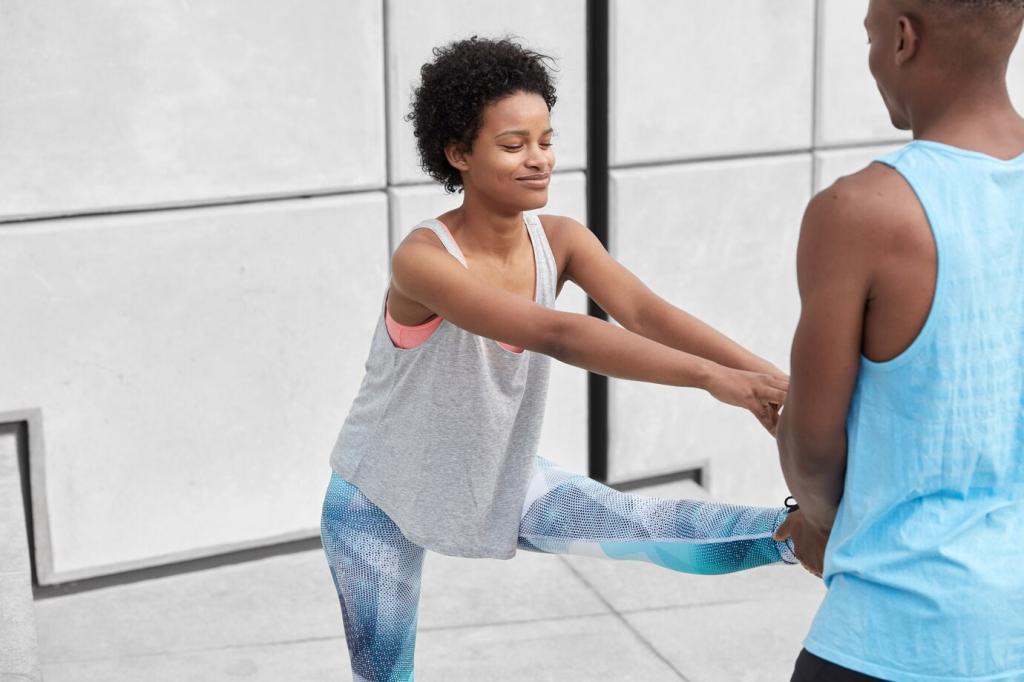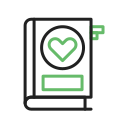Desk Exercises to Stay Active at Work: Move Better, Feel Energized
Chosen theme: Desk Exercises to Stay Active at Work. Welcome to your daily micro-movement boost—quick, discreet exercises that refresh posture, sharpen focus, and brighten your workday. Browse, try a few today, and subscribe for weekly desk-friendly routines tailored to busy schedules.

This is the heading
Lorem ipsum dolor sit amet, consectetur adipiscing elit. Ut elit tellus, luctus nec ullamcorper mattis, pulvinar dapibus leo.

This is the heading
Lorem ipsum dolor sit amet, consectetur adipiscing elit. Ut elit tellus, luctus nec ullamcorper mattis, pulvinar dapibus leo.
Posture-First Warm-Ups You Can Do At Your Desk
Seated cat-cow for office chairs
Sit tall near the chair’s edge, feet grounded. Inhale as you gently arch, lifting chest; exhale as you round, belly in. Repeat eight slow cycles. This simple flow nourishes your spine, eases stiffness, and signals your nervous system that movement is safe.
Neck and shoulder reset in sixty seconds
Drop shoulders away from ears, lengthen the back of your neck, and glide your chin back slightly. Add slow side bends and gentle head turns. Imagine space between collarbones. Feel heat building as tension releases, freeing attention for thoughtful, unhurried work.
Core brace and pelvic tilt primer
Exhale and gently brace your midsection, as if zipping a snug jacket. Pair this with small pelvic tilts to find a neutral spine. A steady core supports upright posture, making long sessions feel lighter and helping your lower back share the workload evenly.
Upper-Body Desk Circuit: Strong, Open, Resilient
Place hands on a stable desk, step back, and keep a straight line from ears to heels. Lower with elbows at roughly forty-five degrees, press through palms, and exhale. Eight to twelve controlled reps build strength without floor space or elaborate gym equipment.
Upper-Body Desk Circuit: Strong, Open, Resilient
Hold a light band or rolled towel, elbows tucked, and rotate forearms outward. Slow, smooth reps strengthen the often-neglected rotator cuff and open rounded shoulders. Focus on posture, not speed, and feel your upper back awaken to support healthy alignment at the keyboard.
Upper-Body Desk Circuit: Strong, Open, Resilient
Interlace fingers, circle wrists both directions, then gently stretch forearms with palms facing out. Finish with finger taps and thumb opposition. These tiny drills reduce stiffness from repetitive typing and help your hands feel nimble before that next burst of productive writing.
Sit-to-stand power sets
Place feet under knees, chest tall, and drive through heels to stand, then control the descent. Ten smooth reps strengthen legs and reinforce good mechanics for daily movement. Add a gentle exhale as you stand to coordinate breath with power and balance.
Glute squeezes and hip flexor relief
Seated or standing, squeeze glutes for five seconds, relax for five, and repeat. Follow with a gentle hip flexor stretch by stepping one foot back and lifting tall. This sequence counters chair-tight hips and helps your lower back feel supported during long sessions.
Ankle pumps and calf raises for circulation
Point and flex your ankles twenty times, then stand and rise onto your toes for two controlled sets. These simple contractions encourage blood flow, reduce heavy-leg feelings, and prepare you to walk comfortably when the next meeting pulls you across the office.
Micro-Cardio Bursts That Won’t Raise Eyebrows
Stand tall and mimic rope swings while lightly bouncing, or perform a fast knee-high march beside your chair. Keep shoulders relaxed and land softly. Ninety seconds delivers a refreshing pulse of circulation that helps your brain feel clearer before the next deep-work block.
Micro-Cardio Bursts That Won’t Raise Eyebrows
Plant feet, brace lightly, and throw smooth, controlled punches at chin level while pulling shoulders down. Alternate jabs and crosses, breathing rhythmically. The subtle twist lights up your core and upper back, restoring upright posture that communicates calm competence in meetings.


Mobility Minutes For Meetings And Calls
Discreet under-desk moves during audio calls
While muted, perform ankle circles, toe spreads, and gentle hamstring contractions. Pair with slow nasal breathing to lower tension. You will finish the call more relaxed, with legs that feel alive and a calmer mind ready for thoughtful, measured conversation.
Thoracic book rotations for stiff upper backs
Hold a lightweight book at chest height, elbows soft, and rotate gently left and right, keeping hips still. Feel your mid-back glide as you breathe out. This small pattern restores rotation needed for comfortable typing, reaching, and confident, open posture at your desk.
Chair-supported hamstring glide
Place one heel forward with toes up, hinge gently from the hips, and breathe into the stretch. Keep the back long, not rounded. A few calm breaths ease tightness so standing later feels smoother, especially after lengthy note-taking or spreadsheet sessions.
Make It Stick: Habits, Tracking, And Team Spirit
Calendar stacking and tiny triggers
Attach one minute of movement to existing events: send an email, then do ankle pumps; finish a meeting, then perform sit-to-stands. Stacking piggybacks on habits you already do, turning resistance into automatic action you rarely overthink or postpone.
Timers, playlists, and streaks
Set a gentle chime every thirty to sixty minutes. Keep a two-song movement playlist for quick bursts. Track streaks on a sticky note. Visible progress nudges consistency, and a celebratory checkmark feels surprisingly satisfying when deadlines crowd your calendar.
Team challenges and share your wins
Invite colleagues to a friendly weekly total of microbreaks, and celebrate creative moves in chat. Post your favorite desk exercise below, and subscribe for fresh sequences each Monday. Your idea might be the spark that keeps someone else moving all month.
